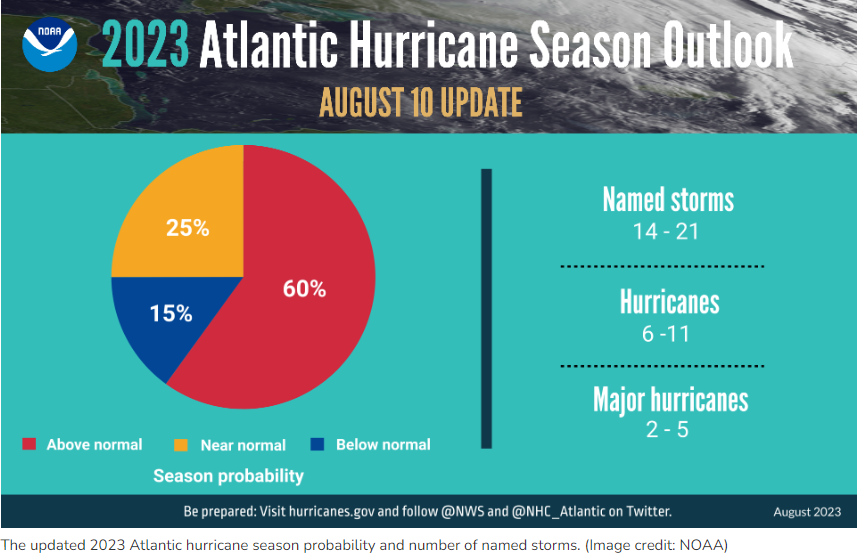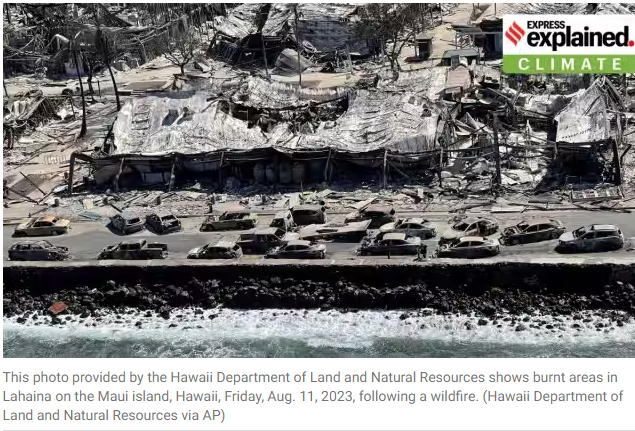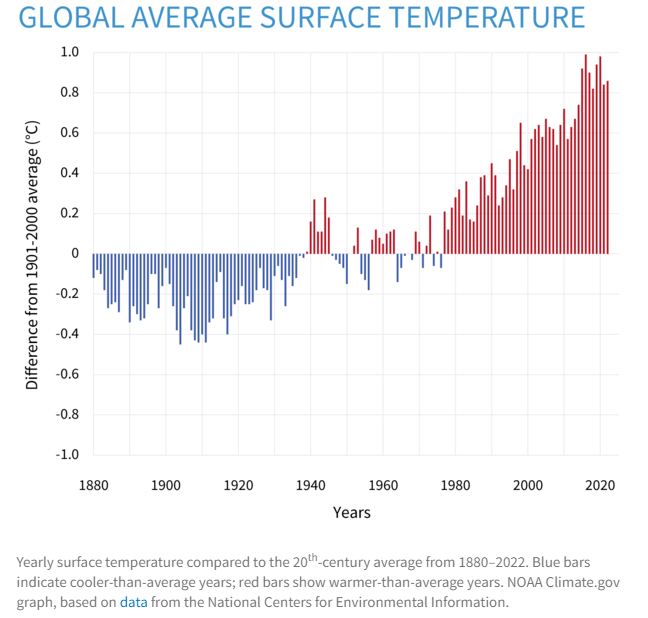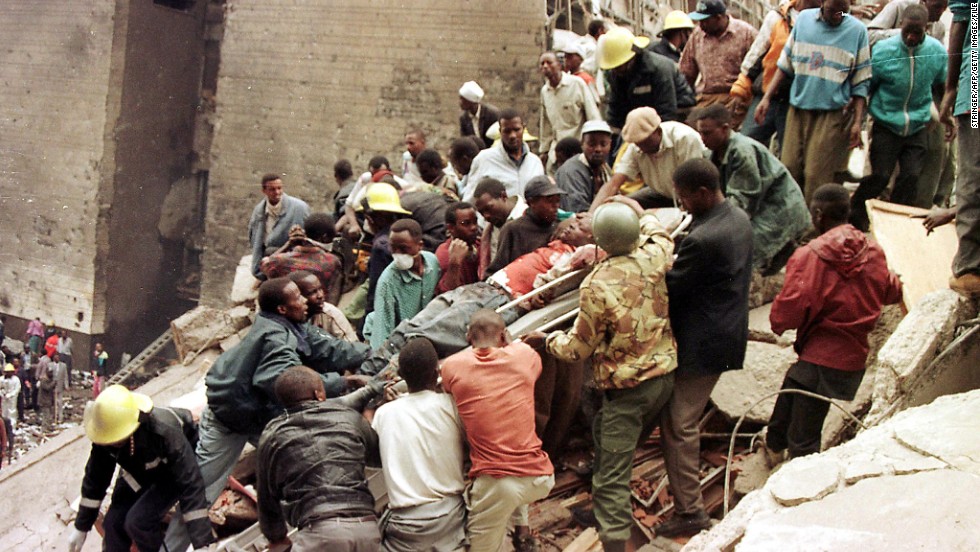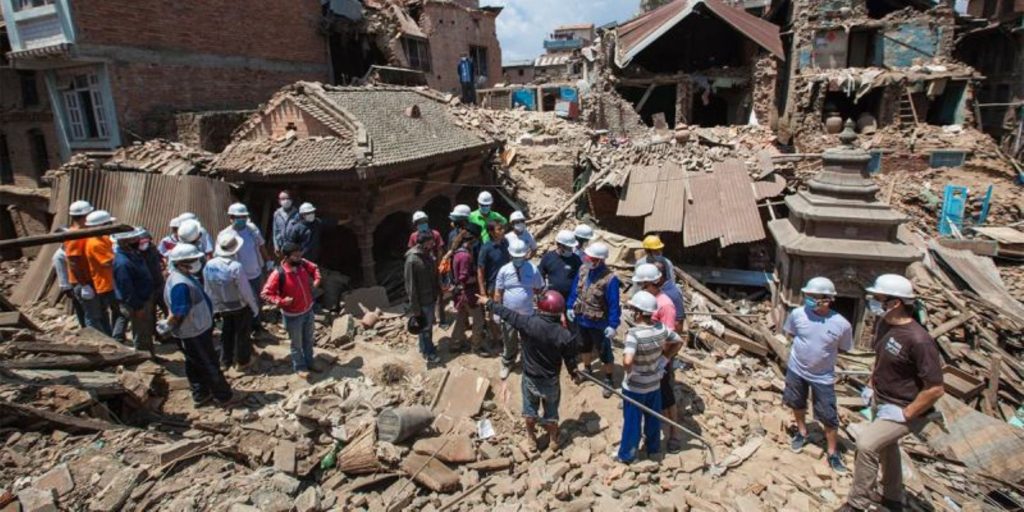NOAA 2023 -Hurricane Season Revised Outlook
The National Oceanic and Atmospheric Administration (NOAA), a key division of the U.S. Department of Commerce, has recently accentuated the importance of disaster preparedness, given the changing atmospheric conditions influenced by global warming. Such changes, particularly in the form of record-warm Atlantic sea surface temperatures, are notably impacting weather phenomena like hurricanes and tornadoes. In […]
NOAA 2023 -Hurricane Season Revised Outlook Read More »

